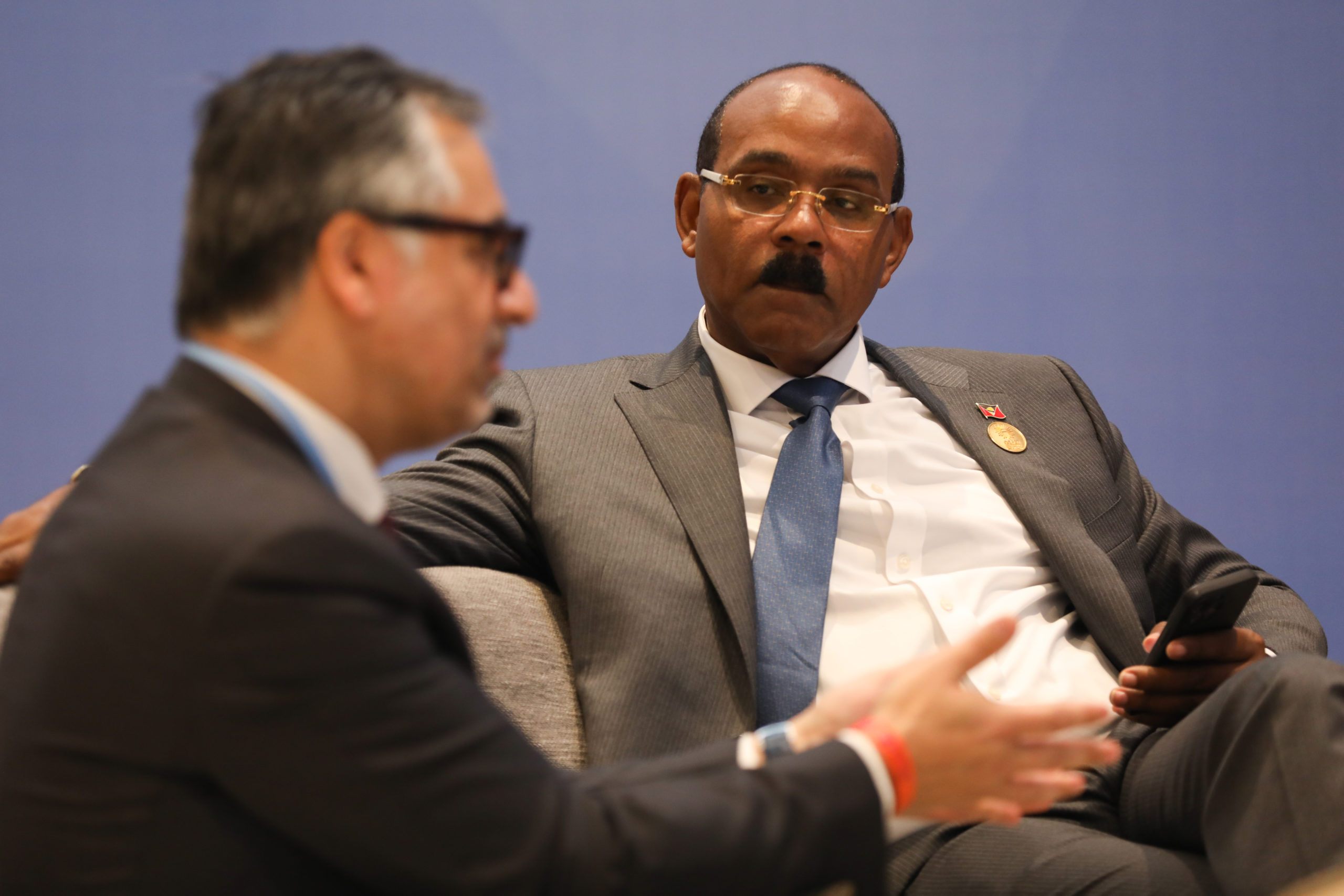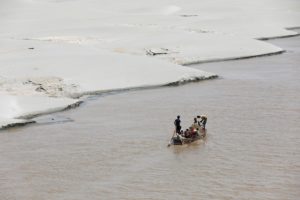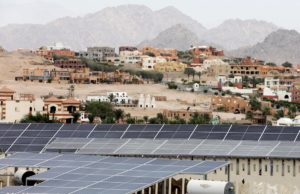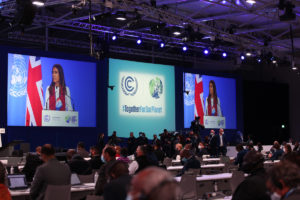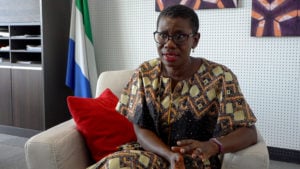Climate change has reached a point where people can no longer adapt to many of the impacts. Delegates at the annual UN climate summit (COP27) in Sharm El-Sheikh, Egypt, spent much of the first week discussing the suffering already happening across the world as a result of climate change, and took the first tentative steps towards figuring out how to pay developing countries for this loss and damage.
There were a few pledges from individual governments: USD 50 million from Austria, USD 12 million from New Zealand, GBP 5 million from Scotland, and USD 2.5 million from Belgium. That is a drop in the ocean, and at this stage in the negotiations, it’s unclear how this can be integrated into the loss and damage finance mechanism that is being negotiated at the talks, and which is likely to be a key area of discussion over the coming years.
Gaston Browne, prime minister of Antigua and Barbuda and representative of the Alliance of Small Island States (AOSIS), told reporters on the sidelines of COP27 that finance for loss and damage should come from wealthy states and taxes on fossil fuel firms. Notably, the conference is being attended by over 6,000 representatives of coal, oil and gas companies, a 25% increase from last year.
AOSIS would like to see an agreement at COP27 on a fund that is “truly operational” by 2024, Browne said. He also wanted large greenhouse gas emitters among developing countries, such as China, India and South Africa, to pay for loss and damage.
Developing countries unite over money
As in previous climate summits, the most contentious issue has been climate finance from developed to developing countries. In a year marked by disasters worsened by climate change, developing countries showed a united front during the summit’s first week on the need for money, including for loss and damage. Developed countries continued to push back on such demands.
Bhupender Yadav, India’s environment minister, told The Third Pole that the country fully supported other developing countries in their demand for climate finance, including the establishment of a separate fund to pay for loss and damage. The demand was most forcefully articulated by Pakistan, which has suffered devastating floods this year. UN secretary-general Antonio Guterres made a rare gesture by visiting the Pakistan pavilion at the summit and lending his support to the demand. Pakistan is also the current chair of the G77 and China group, a bloc of over 130 countries that conduct climate negotiations together.
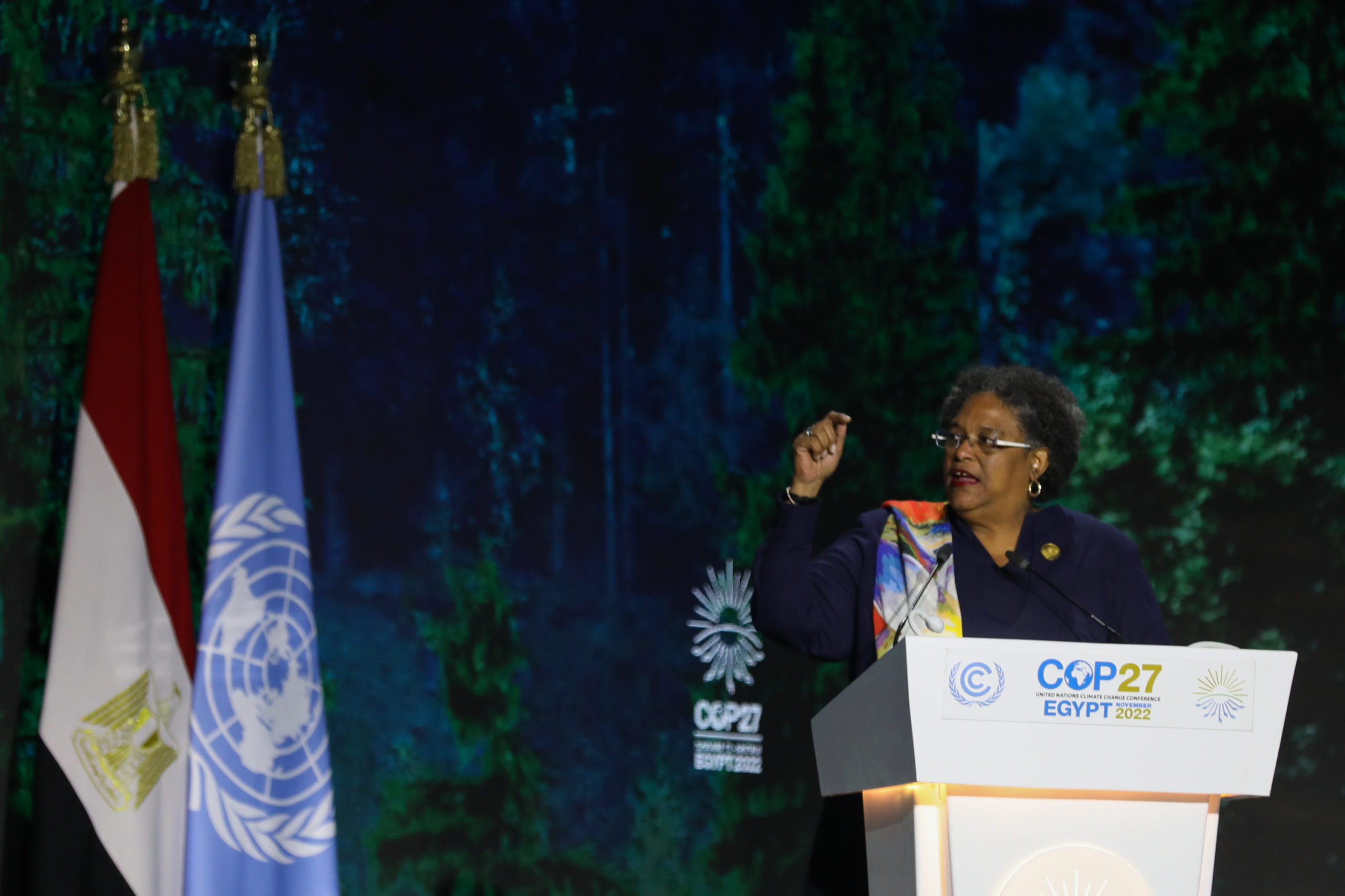
A surprise from China
The main surprise from the Chinese delegation in week one was special envoy Xie Zhenhua’s comment at a World Bank side event that China’s methane plan is complete and in the process of approval. Xie revealed that the plan covers three sectors – energy, agriculture and waste management – and that a preliminary target is already in place. The goals are preliminary as China is still in the process of establishing a monitoring system for methane emissions. He also confirmed that, while China’s emissions control target (it’s nationally determined contribution or NDC) does not include methane, the country’s plan to reach net zero emissions by 2060 encompasses all greenhouse gases that are contributing to climate change.
The preliminary completion of the plan represents a deliverable under the China-US declaration on climate action made at the UN climate summit in Glasgow last year, in which China agreed to develop a national action plan on “methane emissions control and reductions in the 2020s” by COP27.
“It is encouraging that the Chinese government has made progress on a methane plan,” Li Shuo, senior policy analyst with Greenpeace East Asia, told The Third Pole. “I hope that the plan can be released during this COP.”
China-US climate diplomacy has been on ice since US house speaker Nancy Pelosi’s visit to Taiwan in August. At a press conference on Wednesday, special envoy Xie commented that while formal talks are off the table for now, informal conversations are ongoing and that he has already met with John Kerry, the US special presidential envoy for climate, on the sidelines of COP27. “The door was closed by them [the US], but we are trying to open it,” he said at the press conference.
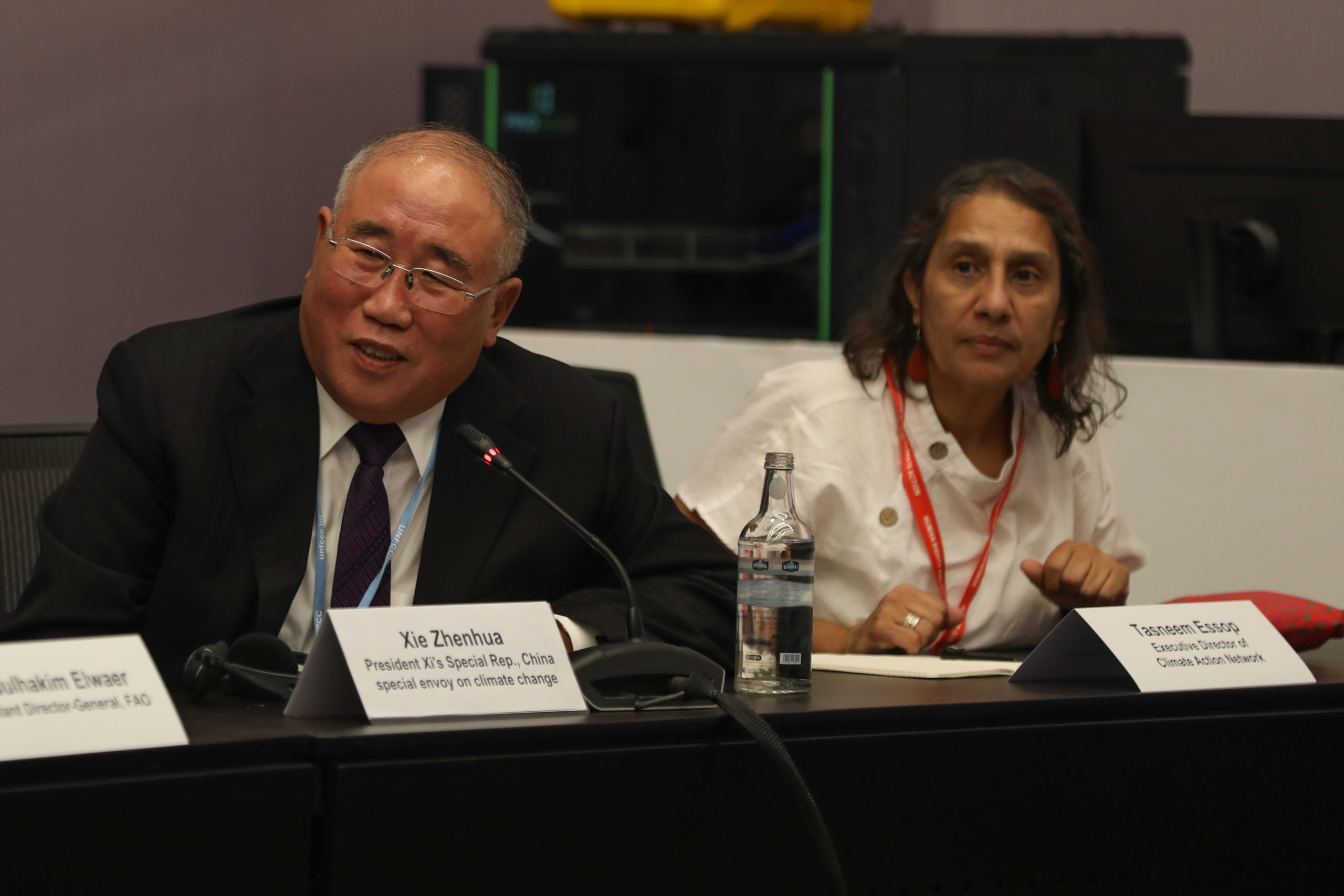
“It’s clear that we are having technical level dialogue between the two sides at the climate envoys’ level in the multilateral context,” said Li. “Whether the climate suspension can be reversed is still a big question, which can only be answered on Monday when presidents Xi and Biden meet.”
The two are scheduled to meet at the G20 summit in Bali, Indonesia, kindling hopes for a re-warming of relations on climate.
China’s position on the loss and damage finance mechanism is also in the spotlight. At a press conference on Wednesday, Special Envoy Xie indicated that China supports the establishment of such a mechanism, citing climate impacts across the country this year. “China wholly supports developing countries, especially vulnerable countries, in raising the issue of loss and damage,” he said.
The UN Framework Convention on Climate Change operates under the principle of common but differentiated responsibilities for developed and developing countries in the fight against climate change. Officially a developing country, China does not have an obligation to contribute to the financing of such a mechanism, Xie pointed out, adding that, as of Wednesday, Kerry had not raised the issue in their informal discussions. However, he added that China is “willing to help developing countries in mitigation and adaptation via South-South cooperation.”
Stalled negotiations at COP27
Unsurprisingly, at the end of the first week, the detailed negotiations remained stalled on all fronts: mitigation of emissions, adaptation to climate change impacts and the loss and damage finance mechanism.
There has been little progress on the 2009 promise by developed countries to mobilise USD 100 billion a year in climate finance for developing countries by 2020. So far, governments at this year’s summit have not even been able to agree on how to report on this broken promise. Developing countries sought a substantive decision that would balance mitigation and adaptation finance. The Adaptation Fund remains woefully short of money. Pledges to the fund worth USD 174.6 million have not been kept.
Delegates did agree that there was a gap between needs and availability of loss and damage finance and the urgency to address this, especially after a disaster. Some rich countries pointed out that they do this already; developing countries responded that they wanted a separate mechanism under the control of the UN Framework Convention on Climate Change rather than ad hoc help. The Indian delegate said while humanitarian aid and responses remain necessary following a disaster, loss and damage is about resilient recovery and should be in the form of grants, not loans.
Bickering over the nature of the facility, or even whether a separate facility is needed, will continue into week two of COP27, and perhaps thereafter.
